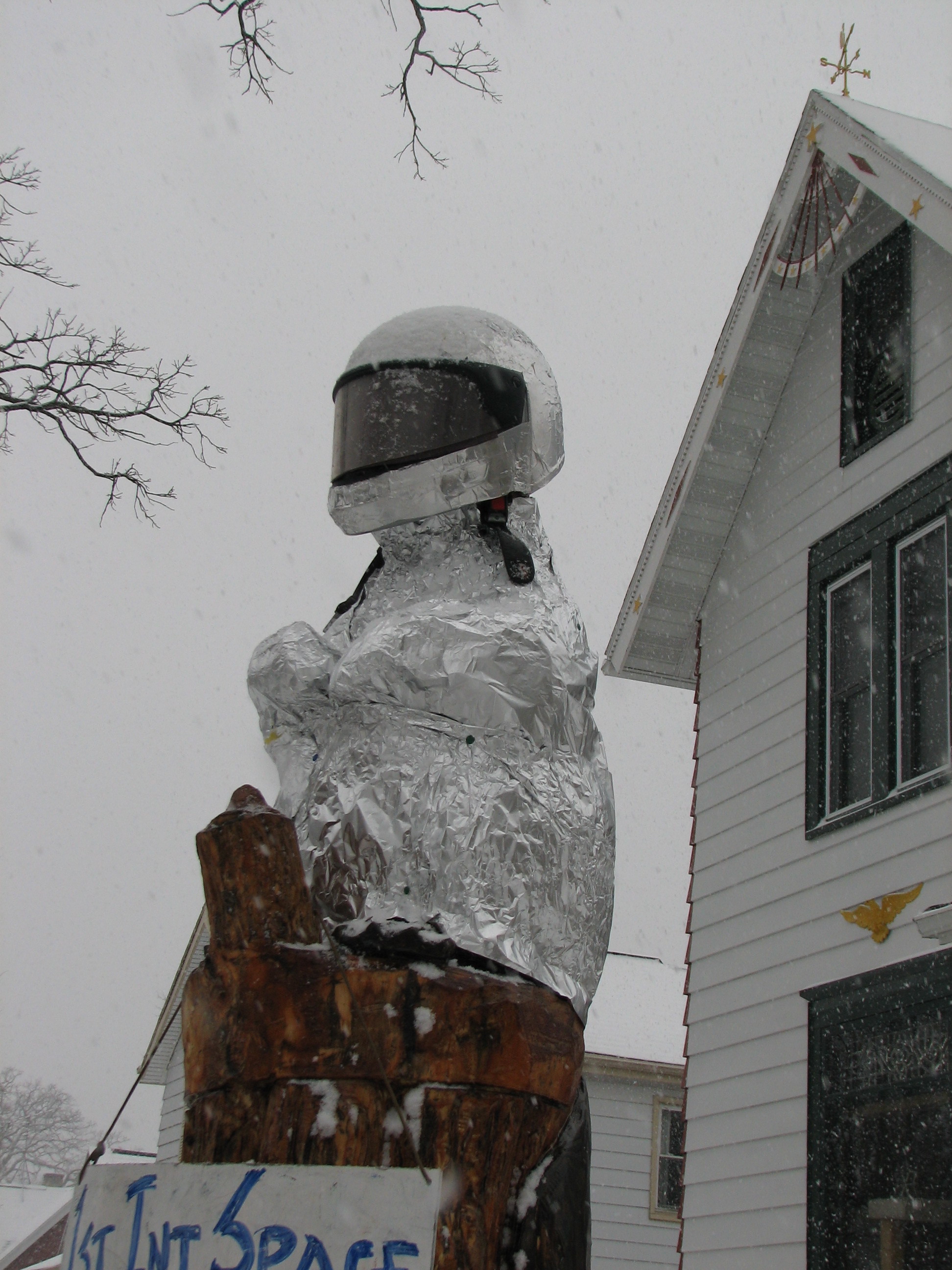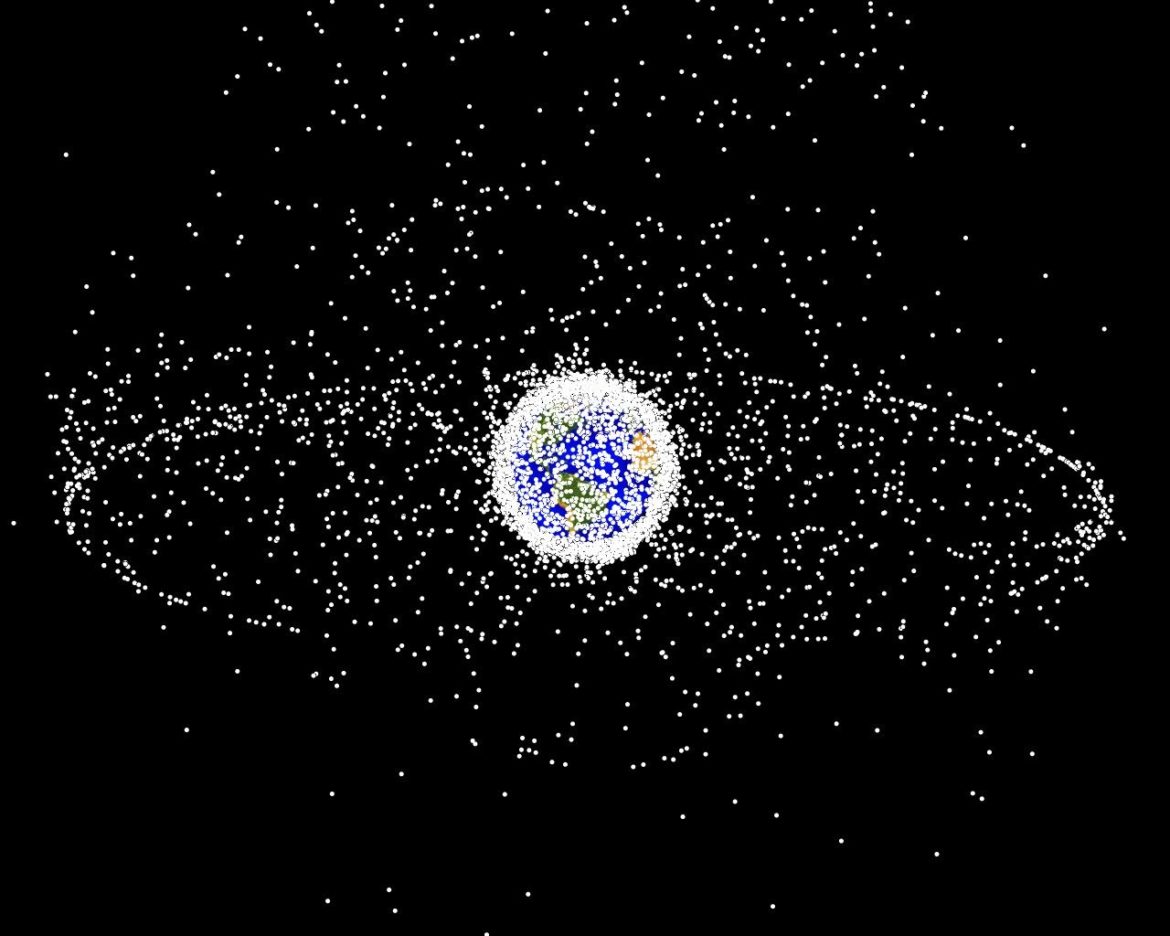The International Space Station (ISS) is the largest man-made object in orbit (see photo above). It is large enough to be seen with the naked eye as it completes 15 orbits every single day. Its purpose is scientific research, celestial observation, and to serve as a staging base for further exploration of our solar system. Other than the solar energy that it harvests from our Sun, ISS is dependent upon space launches for resupply of the vast majority of basic necessities. However, human liquid waste is recycled into drinking water. It is perhaps comforting (for future astronauts) to note that human solid waste is NOT recycled into brownies.
Just as DAMs are critically important to the survival of Beavers, DAMs are also critically important to the survival of ISS. This is because a significant danger of space travel is the possibility of ramming into space debris (asteroids, remains of satellites and rocket launches, and other space-borne materials). In order to ensure safety, NASA tracks thousands of objects of space debris. (See photo of space debris, above). On occasion, ISS is forced to fire its thrusters in order to avoid space debris. Those orbit-altering actions are called Debris Avoidance Manoeuvers or DAMs!!!
“All the conditions necessary for murder are met if you shut two men in a cabin measuring 18 feet by 20 and leave them together for two months.”
—Cosmonaut Valery Ryumin
Ground Control to Major Tom: https://www.youtube.com/watch?v=AFks9A9TCF0
Article about some of the work that Scientist Kate Rubins is conducting on the ISS: https://arstechnica.com/science/2016/12/kate-rubins-just-scienced-the-out-of-the-international-space-station/




